Alright – so today we’ve got the honor of introducing you to Mick & Harmony Hartlaub. We think you’ll enjoy our conversation, we’ve shared it below.
Alright, Mick & Harmony thanks for taking the time to share your stories and insights with us today. Setting up an independent practice is a daunting endeavor. Can you talk to us about what it was like for you – what were some of the main steps, challenges, etc.
Starting off as solo entrepreneurs was challenging, but also really exciting and fun. We were both fresh out of school when we began this work. Harmony had finished her nursing degree and Mick had just completed acupuncture school. Neither one of us had any clue how to run a business. We were both working other gigs to pay the bills while trying to create our practice. Luckily, a friend in the community owned a space, and offered to rent a room to us at a reasonable rate. At 8’x10′ it was a very tight squeeze, but it was just enough to get us started. It can be discouraging at first when you have a very light schedule with few clients, but showing up every day and persevering is key, and then gradually you find your people.
Early on, the biggest quantum leap in our practice came when we started making an effort to connect with other practitioners in the community. This opened up a lot of different avenues, in terms of how we chose to practice, who we refer our clients to, and whose clients could potentially benefit from our work. There are lots of people willing to help you if you’re willing to make the connection.
Authenticity is huge. Early on, we spent a lot of time considering how we interface with the outside world, and what image we want to project to the public. After a while, we started to see our business as a vehicle to cultivate and present our most authentic selves to the world. It’s incredibly liberating to pursue your own interests within your field without stressing out about whether people will like you or not. After a while you just do what you do, and you find the people who like what you do. Not everything is for everybody, and that’s ok.
In terms of advice for younger professionals who may be considering starting their own practice, we have a couple pieces of advice that we would like to dispense.
The first would be to learn your craft and familiarize yourself with the rules so that later on you know when to break them. Natural medicine often includes components of both science and art. Both science and art (as well as holistic medicine) require an initial training in the structural framework of one’s chosen field. Once this is achieved, you can be a really good technician, and that can be enough for some practitioners. However, if you really want to set yourself apart from your competition, you need to take it further and allow yourself to be open to experimentation. Explore what other similar practitioners are doing who are unique and effective. Follow those flashes of intuition that may guide you to practice in a completely different way than how you were initially trained. View your initial training and licensure as more of a ‘learners permit’ rather than the final certification necessary to practice for the duration of your career. Of course, all of this should be done within the parameters of your legal scope of practice and licensure!
Although this may sound trite, another very important piece of advice is to be prepared to play the long game and not give up when things become difficult. You may open your practice in a challenging economic period. At first it might be difficult to find your audience of clients who appreciate what you do. Or, at a certain point, you may need to re-evaluate the area that your practicing in or the facility that you’re working out of. All of this is normal, and if you’re able to push through these challenges, it will help you cultivate the resilience necessary for professional and personal success.
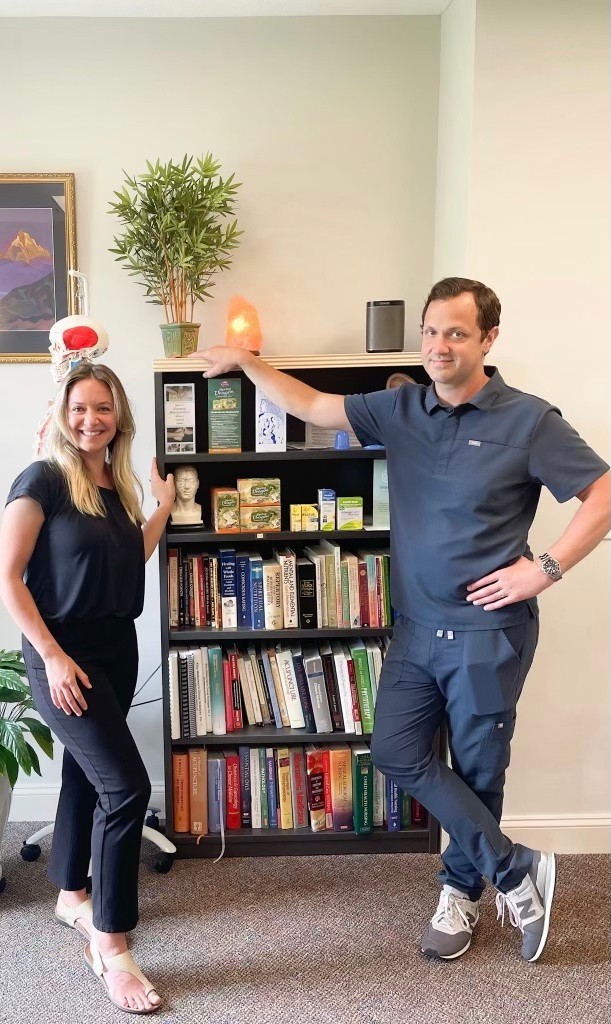
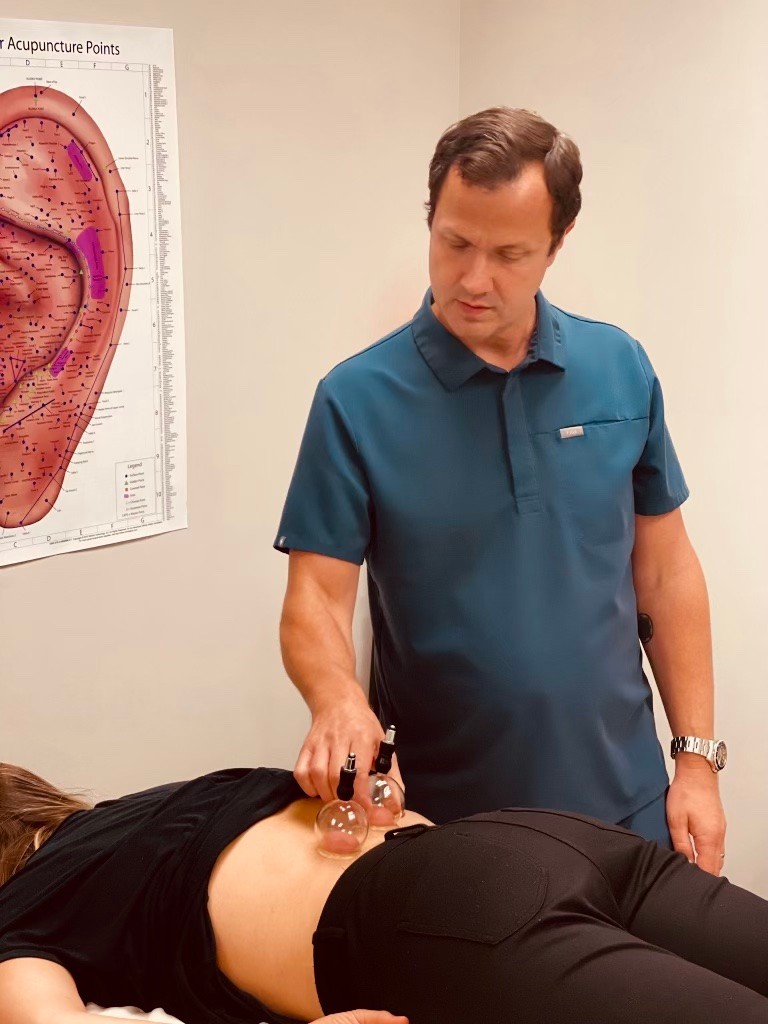
As always, we appreciate you sharing your insights and we’ve got a few more questions for you, but before we get to all of that can you take a minute to introduce yourself and give our readers some of your back background and context?
Mick: I practice acupuncture primarily, and I like to incorporate other adjunctive techniques such as gua sha, cupping, tui na (which is a form of East Asian bodywork), and whatever else I’m moved to do during the course of treatment. Although most people are familiar with acupuncture being used for various types of pain, I see lots of different types of health challenges like fertility/IVF assistance, post-viral fatigue, stress, traumatic brain injuries, neuropathy, and quite a few other chronic and acute conditions.
I’ve always been fascinated by the nexus point connecting physical health, psychology, and spirituality. As an acupuncturist, I’m lucky enough to dig into all three of these spheres a lot of the time when I’m helping someone work through a problem. To paraphrase Dr. David Twicken (a practitioner and professor of Chinese Medicine), East Asian medicine aims to harmonize and integrate the physical, mental and spiritual, and once this happens, we become a living expression of spirit. This is a lofty goal for sure, but it is what I aspire to for both myself and patients.
During the course of treatment, it’s important to spend time with a patient and get to know them. You’ll glean a lot of clinical insight into what’s really going on with a person by simply sitting with them during an appointment. As acupuncturists, we’re trained to assess the pulse along the radial artery (my personal favorite), examine the tongue (I don’t really do this much at all), or use various other palpatory techniques that can place a patient’s disharmony within the context of East Asian medicine. All of these techniques are good, and important.
But equally important, in my opinion, is to create the space where genuine communication can occur between myself and the patient. A practitioner should be attuned to the subtle, dynamic response of the patient to the treatment, and be prepared to act on this. Changes in speech cadence or tone, facial expression, muscular tensing or relaxing, and, of course, a change in the pulse; all of these signal that a shift has indeed occurred and it’s time to proceed to the next phase of acupuncture points or modality of treatment.
Reading a patient’s intake form cannot communicate this. A computerized assessment or diagnostic test will not fully encompass this. It is analog, not digital. It is a recognition of the body not solely as a functional biological entity, but also as a living metaphor for personal growth and the unfolding of one’s destiny.
Harmony: Natural health and integrative medicine have always been a personal passion. For much of my life I’ve had a strong motivation to learn about how the body works, and what to do when it doesn’t work. This curiosity is what led me to nursing earlier on in my career. Although my time spent working in the hospital as a nurse was incredibly valuable, in the hospital system I found I was only seeing people in crisis. It wasn’t often I’d get a chance to connect at a deeper level or fully utilize my own interests and talents that could possibly be beneficial to the patient. This ultimately led me to pursue the healing arts, specifically manual therapy and electrodermal screening.
In manual therapy, I have an interest in abdominal treatments, specifically Visceral Manipulation and the TCM based Chi Nei Tsang (massage of the organs). These may be beneficial for those with digestive complaints, scar tissue issues, and back pain. Another modality I use daily in my practice is vacuum or cupping therapy. Through a vacuum device, the suction helps to release muscle tension, rehydrate tissue, stimulate lymphatic movement, and mobilize restrictions to name a few benefits. This is a very comfortable therapeutic option for those who find deep tissue bodywork uncomfortable or have sensitive areas or chronic health issues where an individualized approach is needed. In treatments, I am aiming to balance tensions in the physical body and allow for deeper levels of healing in the mind, emotions and spirit.
Electrodermal screening is a tool that measures the electrical conductivity of meridian points, reflecting the general electrical functioning of the channel or meridian. This gives us insight into body systems needing attention in the manual therapy I provide and Mick’s acupuncture treatments.
Ultimately, healing is a creative process and we are always trying to learn more about how to facilitate that. We both enjoy attending conferences and lectures to expand our skill set and brainstorm new ideas and practices that we can incorporate into our work. We love to share with our patients the things that we’re excited about, so it’s important to always keep the inspiration flowing by challenging ourselves with new techniques and approaches to healing.
In short, we pride ourselves on our attentiveness to our patients as well as a dedication to regularly expand our clinical skills.

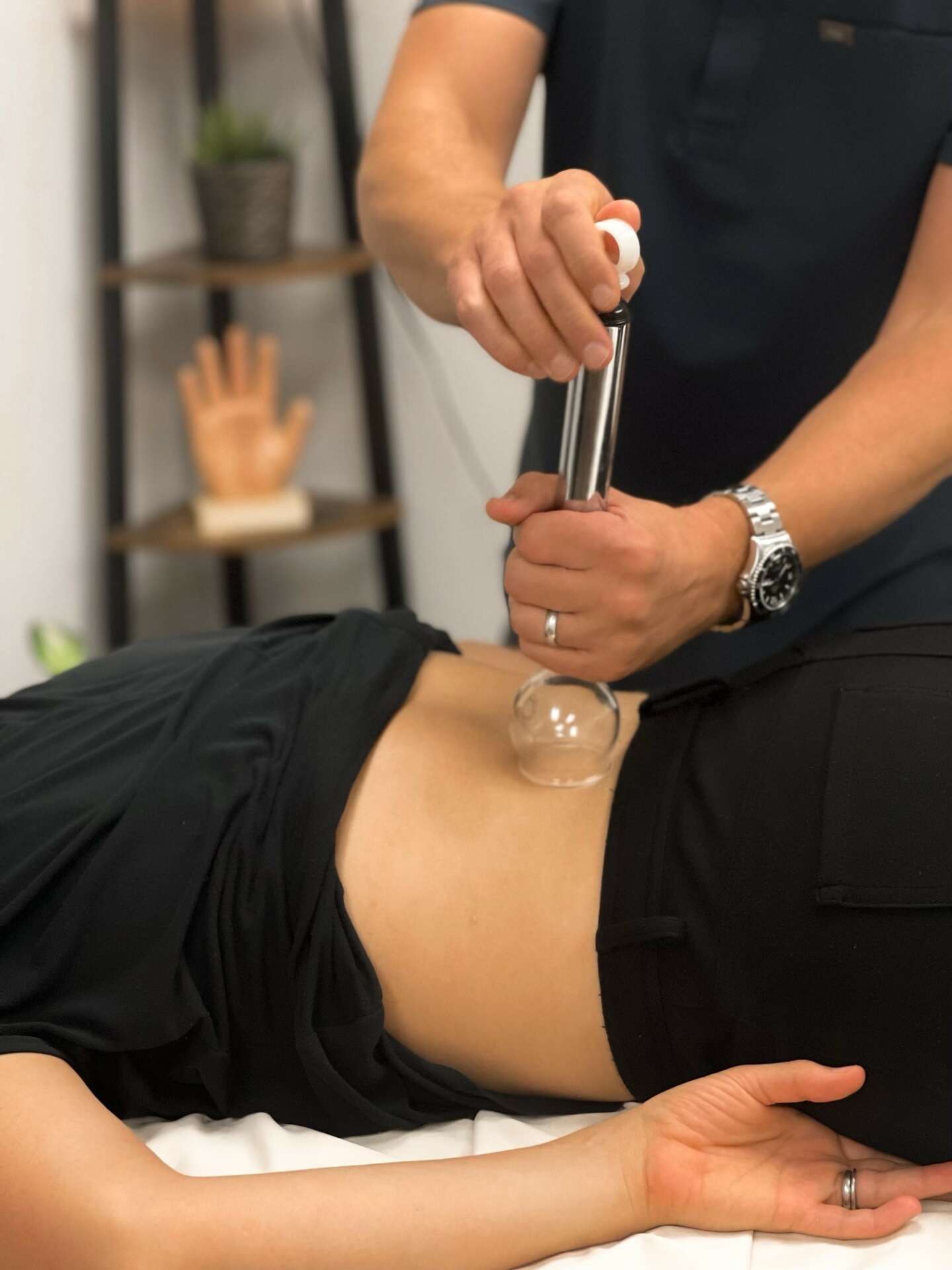

What do you think helped you build your reputation within your market?
We probably shouldn’t say this, but yeah, we’re terrible at marketing. Aside from a less-than successful Groupon campaign in our first year of practice and a fairly simple website, we don’t really do much marketing at all. We’ve never been interested in driving patient interest by having a huge social media footprint with a ton of photos and videos. Our online feedback is organic-we don’t solicit or incentivize Google reviews or anything like that. Tapping into trends or gimmicks is just not interesting to us. We operate at a small scale because we personally prefer the intimacy that it produces between us and our patients-the opposite of a ‘salesy’ or strictly transactional vibe.
Our reputation is primarily results driven. The majority of people who come to us are from word of mouth referrals, either from colleagues or other practitioners that we know. If your work is good, and you run your business ethically, people will come.
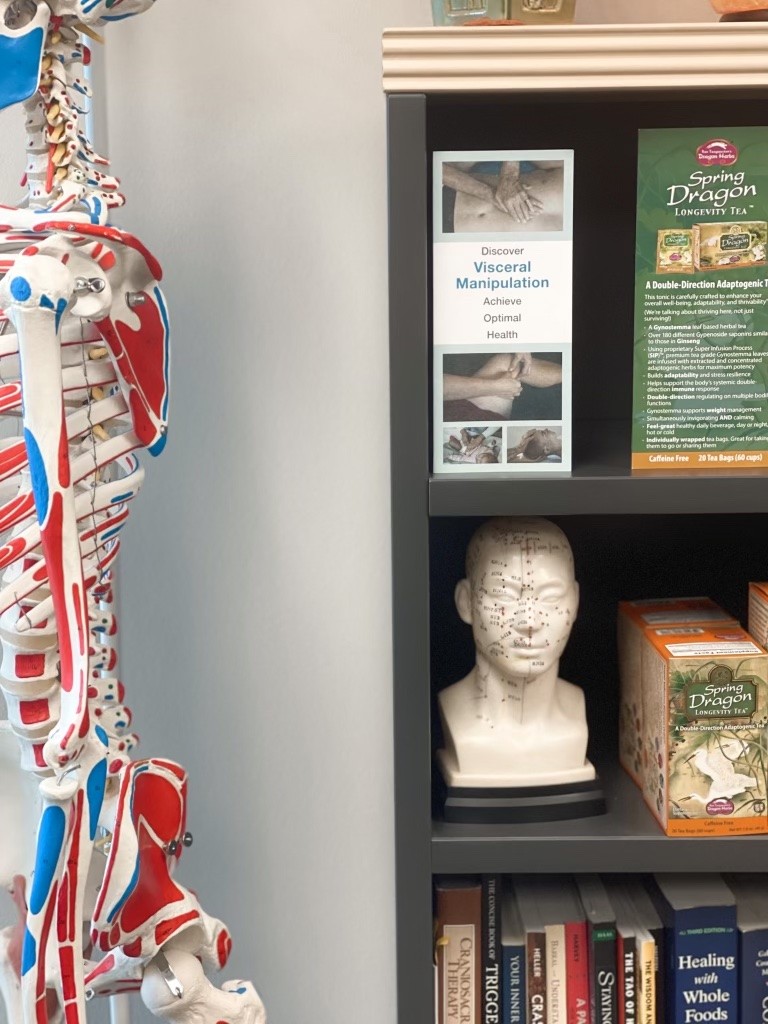
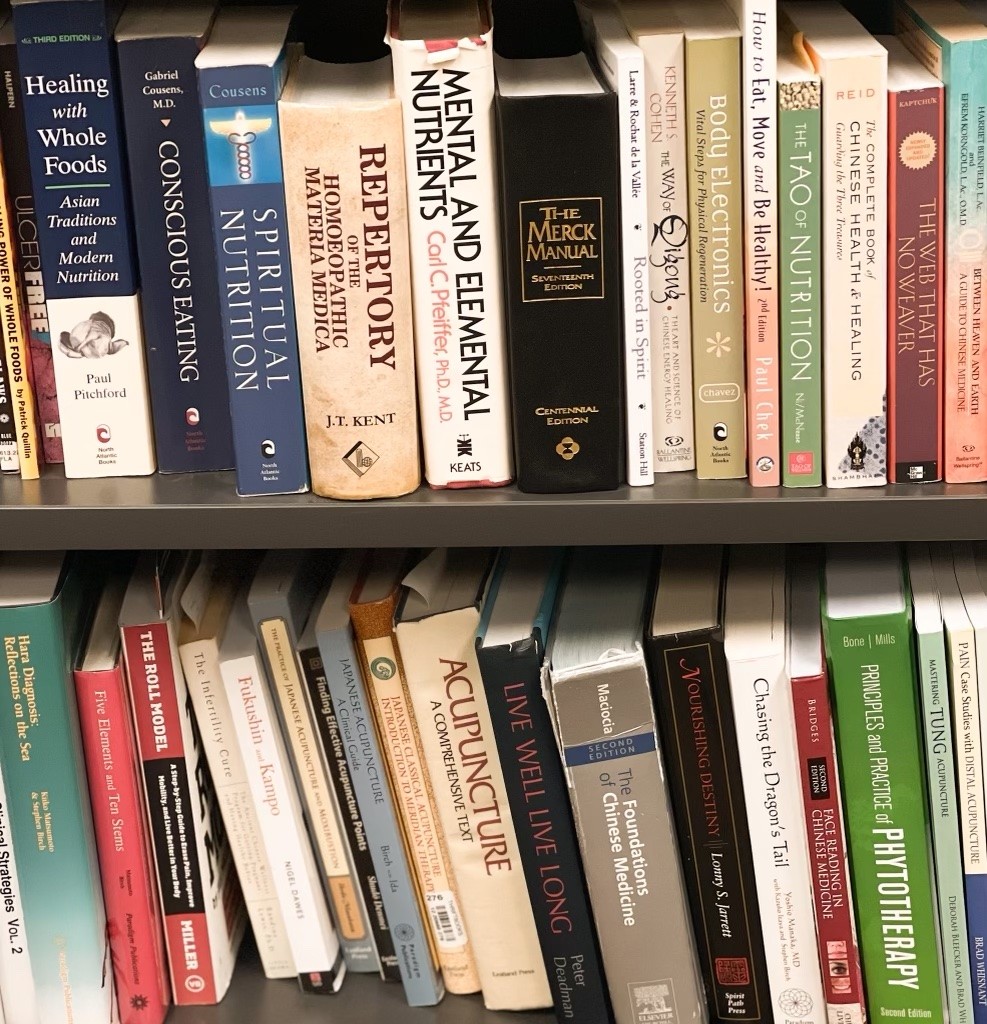
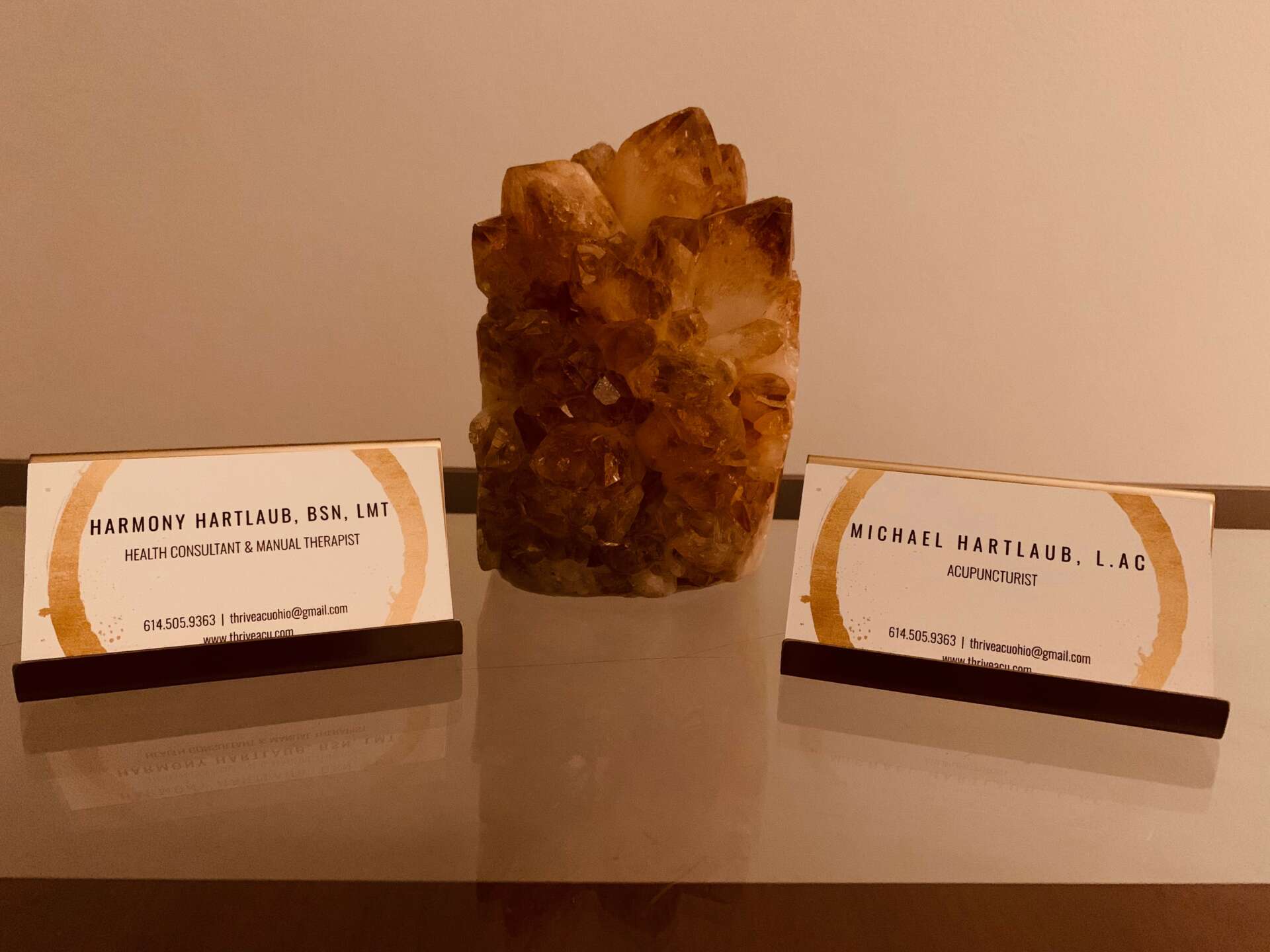
How about pivoting – can you share the story of a time you’ve had to pivot?
Shortly after the 2020 COVID lockdowns, the building we were practicing out of since we opened had suddenly sold. We had 10 days to relocate our practice before the closing date. It was shocking at first but we worked together and split our time searching for a new space. After digging through online ads, driving all around Columbus, and reaching out to friends, we found our new office. Our final week at the old spot was booked up with patients, and we were determined to not cancel any appointments or let our pending relocation be disruptive at all. That Friday, we cranked out a full day of great appointments, packed up our entire setup, and spent the weekend piecing together our new office, with the help of friends and family. By Monday morning, we were fully operational, and the transition was pretty seamless! The entire event was a bit of a fiasco, and quite stressful for us, but in hindsight, it was a growth opportunity that was very helpful. Since then, the Powell, Ohio community has been amazingly receptive and welcoming, and we look forward to contributing to this community for years to come.
Contact Info:
- Website: thriveacu.com
- Facebook: https://www.facebook.com/thriveacu
Image Credits
Madeline Neumann


